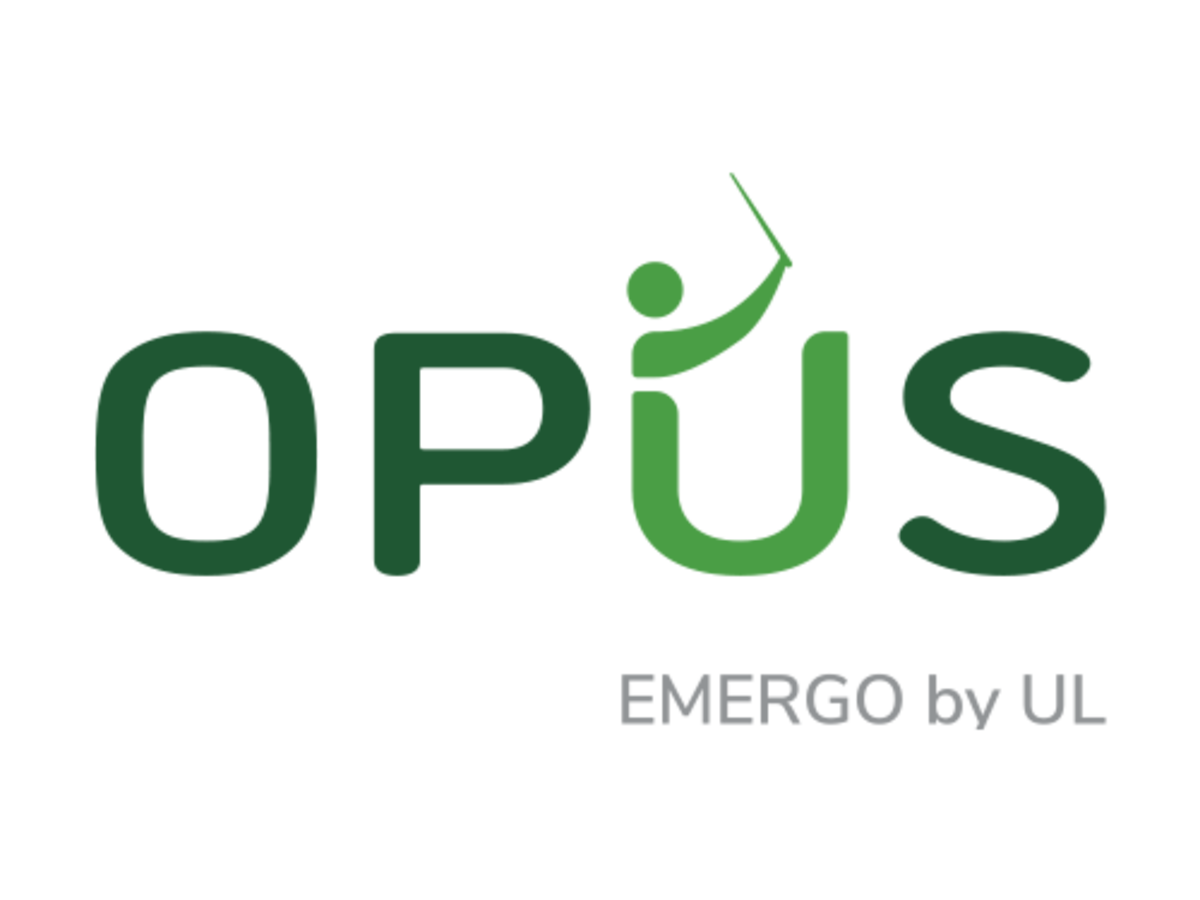
When preparing your medical device for the market, human factors engineering (HFE) can prove complex and challenging. Evaluating the probable use errors that could occur plays a vital role in designing a safe and effective medical device. Expectations among regulatory bodies are growing just as HFE methods become more and more complex. How will you meet the requirements involved with marketing a medical device?
Build human factors into medical device design
Access to best practices can help guide major human factors engineering stages of a development effort.
These include:
- Use-related risk analysis
- User research
- Summative and formative usability testing
- Designing user interface (UI) medical device platforms
- Product design through task analysis
- Overall product validation testing

Medical device companies often struggle with where to start with their HFE activities during medical device development. Our e-book clarifies and breaks down the complexity of human factors engineering for improved medical and healthcare product safety, effectiveness and ease of use. Inside, we guide you through every HFE stage, helping you accelerate your time to regulatory approval and market access.
Our e-book:
Explains key steps in conducting use-related risk analysis
Describes how to best moderate usability testing
Covers crafting use scenario prompts in usability testing
Clarifies key concepts in electronic medical device design
Tells how to improve product design through task analysis
Points out how to put HFE insights at your fingertips
Clarifying the complexity of human factors engineering
How can I accelerate HFE productivity?
There are key HFE activities that need to be executed correctly the first time to avoid costly delays and redesigns. But you may be asking, how do I give my team access to HFE insights on demand?
Get instant access to HFE insights
Introducing OPUS™ Optimal Product Usability Suite
No one becomes an expert overnight. It takes time and the right tools to train your team on the latest human factors best practices and procedures. Empower your team with digital HFE expertise from a leader in the field.
Emergo by UL’s HFE SaaS platform OPUS™ leverages training, tools and templates to help you stay ahead in your HFE activities.
OPUS delivers quick access to HFE expertise, efficiency in meeting regulatory requirements, effectiveness in creating safer products and accelerated speed to market.
An OPUS account includes a complimentary set of core features and provides access to premium feature upgrades that put additional HFE tools, resources and insights at your fingertips.

What benefits can I expect from subscribing to OPUS™?
OPUS can be the keystone to developing your HFE program. Subscribing to our HFE platform gives you a unique set of benefits.
OPUS can:
- Enhance HFE processes — Use OPUS to support your team with a consistent, high-quality approach to HFE, thereby increasing the likelihood that HFE is applied in a way that aligns with regulatory and commercial imperatives.
- Help to ensure all stakeholders understand HFE — Leverage OPUS to create an organization-wide understanding of why HFE is required for medical products, how to effectively plan for HFE, and how to perform specific HFE activities.
- Scale HFE training — Educate your organization about HFE without overburdening your HFE leaders. OPUS subscribers can take training any time the need arises, thereby enabling you to rapidly meet your team’s HFE knowledge requirements without relying as heavily on internal subject matter experts.
- Benefits for experts and those new to HFE — OPUS training empowers non-HFE experts with resources to increase their understanding of fundamental HFE activities for medical products. Similarly, OPUS helps those who already have HFE expertise augment their knowledge and increase the impact of the HFE work through the use of OPUS’ productivity tools and advanced training.
- Eliminate guesswork — Feel more confident performing specific HFE activities by leveraging our tools that support project scoping, human factors analysis, and user interface design.







